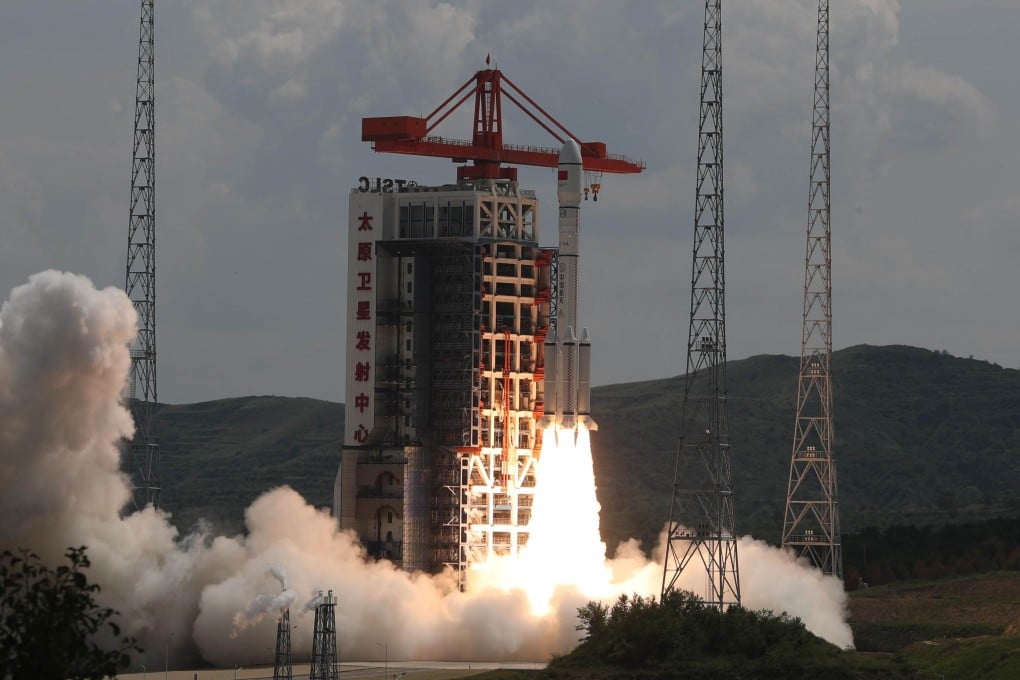China creates space debris with initial launch for ambitious internet satellite network
- After delivering the first 18 satellites for the Qianfan Constellation project, the upper stage of the Long March 6A rocket broke apart, the US Space Command reports

Soon after the delivery, though, the upper stage of the launch vehicle that had propelled payloads into orbit broke apart and created a cloud of debris of “over 300 pieces of trackable debris in low-Earth orbit”, the USSC said on Thursday.
The “trackable debris” only counted pieces at least 10cm (3.9 inches) in diameter and did not include shards that were too small to monitor. Space debris could cause danger to spacecraft in the same orbit and are difficult to clear.
The command said that it had “observed no immediate threats and continues to conduct routine conjunction assessments to support the safety and sustainability of the space domain”.
During a mission in November 2022, the upper stage of the new-generation medium-lift launch vehicles fell apart, dispersing 533 pieces of trackable debris as of January 2023, according to a report by Nasa.
